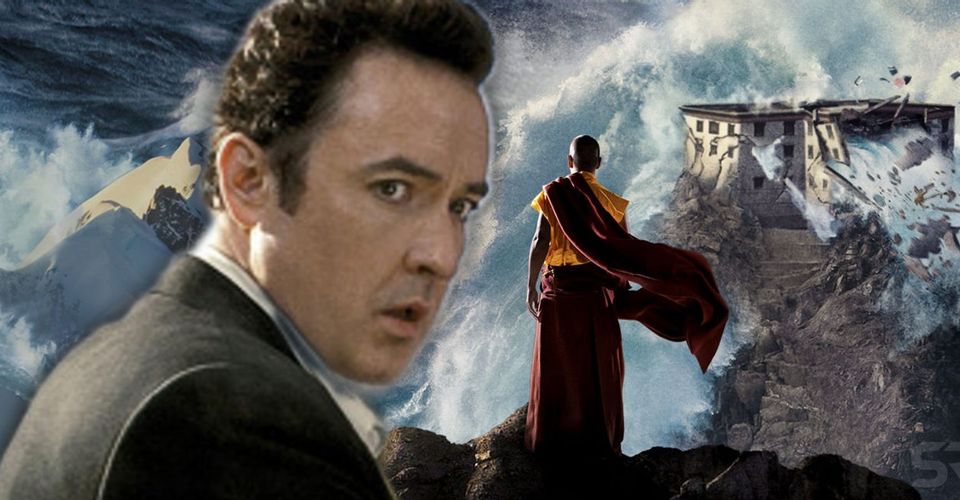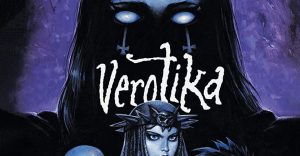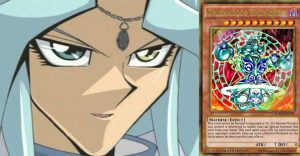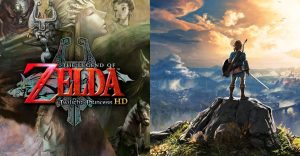2012 Movie: Why The Mayans Thought The World Would End

The Mayans’ prediction that December 21, 2012 would bring about the end of the world ended up being incorrect, but that didn’t stop the concept being used as a basis for Roland Emmerich’s movie, 2012. Released in 2009, 2012 saw disaster movie maestro Emmerich using this concept as the springboard for an expansive blockbuster that saw the apocalypse emerge in the form of tidal waves, volcanic explosions, and every other disaster imaginable.
2012 centered on divorced father Jackson Curtis (John Cusack) trying to help his kids, Noah (Liam James) and Lily (Morgan Lily), as well as his ex-wife Kate Curtis (Amanda Peet) and her boyfriend Gordon (Tom McCarthy), get to safety in the middle of the apocalypse. At the same time, geologist Adrian Hemsley (Chiwetel Ejiofor) learns that the government has been preparing for this exact situation by building a gigantic ark that can house the remainder of humanity – or, at least, the people each government deems worthy of saving. These two plotlines end up converging in a movie that managed to garner a massive amount of financial success, to the tune of $769.7 million.
At the center of this box office hit is an actual prophecy hailing from ancient Mayan civilizations. The origins of that apocalyptic prediction differ greatly between how they’re depicted in 2012 and how they came about in reality.
2012 Explanation For The Mayan Prophecy

In the movie 2012, conspiracy theorist character Charlie Frost (Woody Harrelson) presents an interpretation of the Mayan prophecy that states that this ancient premonition pinpoints the world ending on December 21, 2012 due to polar shifts. Though initially dismissed as a lunatic by Jackson Curtis, Frost and his assorted conspiracy theories (including one about how the world governments are keeping the impending end of the world a secret) turn out to be true and help Curtis save his family from a cataclysmic earthquake. Frost may have succeeded in helping the protagonist of 2012, but when it comes to his accuracy on the Mayan Prophecy related to December 21, 2012, he comes up far more short.
Actual Explanation For The Mayan Prophecy

In actuality, the Mayan Prophecy is a touch more complex than what Emmerich’s 2012 presents it as. For starters, the date December 21, 2012 had extreme significance for Mayan culture, but not for the reasons movies like 2012 make you think. This was the end of a section in the Mesoamerican Long Count calendar that had lasted for 5,126 years. That length of time correlated to another important facet of Mayan culture; per the Mayan text Popol Vuh, the world people inhabited prior to Earth lasted for 5,125 years. This has been interpreted to also be their projected lifespan of Earth. The manner in which they predict the world would end was never specified, let alone called out as being precisely attributable to polar shifts.
While the notion of Mayan civilizations predicting an apocalypse in 2012 has been widely popularized by authors like Michael D. Coe and William S. Burroughs II, many have argued against the interpretation that ancient Mayan texts foreshadow a 2012 Armageddon. In fact, what little arcane Mayan art about 2012 that has been uncovered depicts celebrations with the Gods rather than a fiery apocalypse. To boot, many artifacts from ancient Mayan cultures have showcased artwork and astrology that take place well beyond the year 2012. While modern-day conspiracy theorists have interpreted December 21, 2012 as a long-thought day of doom, December 21, 2012 was seen as something vastly different for Mayan cultures. In keeping with Roland Emmerich’s filmography, 2012eschewed reality in favor of plot details that could better serve extravagant spectacle.
About The Author

















